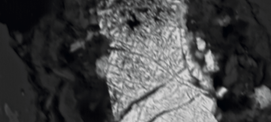Uncertainty and Value: Optimising Geometallurgical Performance Along the Mining Value Chain
To maximise the value of a mining operation and minimise its environ- mental and social impacts, all processes—from the ore deposit to the final product and waste streams—should be optimised together. However, mining and metallurgical processes are inherently variable and uncertain due to the natural heterogeneity of ore deposits and the limited information and incomplete models available on ore behaviour throughout the process chain. Propagating these effects to geometallurgical models is important because they are used to make decisions with potentially large environmental and economic impacts. In this paper, we describe the need for geometallurgical optimisation routines to account for the effects of uncertainties, and the tools needed to manage them, by summarising the routines that already exist and those that are still missing.







